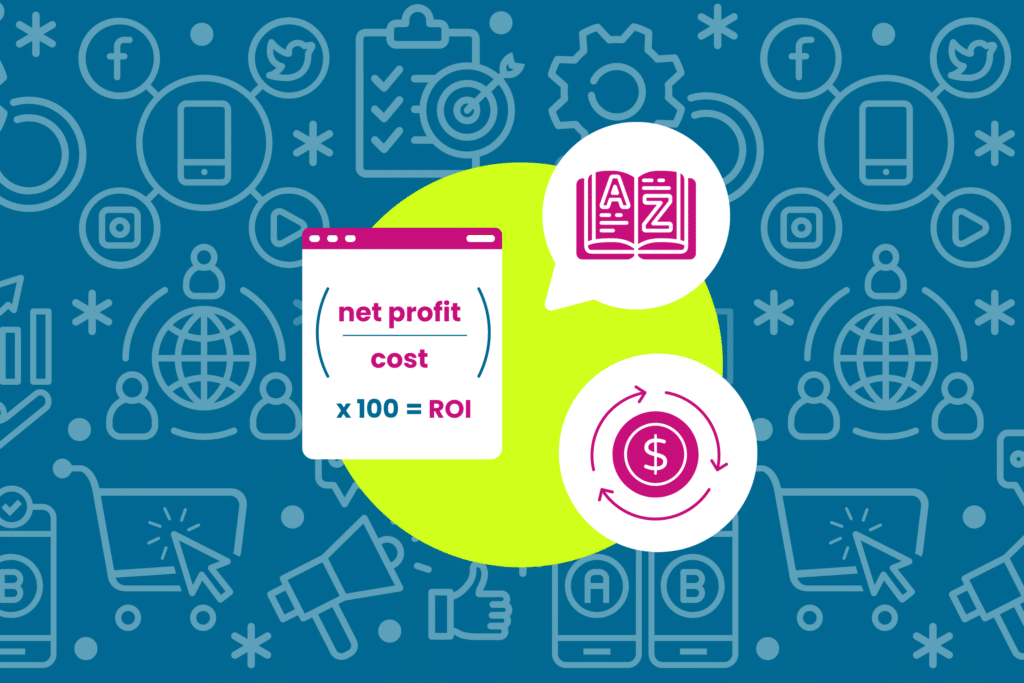“The conversions seem off on Google Ads.”
“The conversion data from Google Analytics doesn’t match my data from Pinterest – why?”
These are common complaints we hear from clients dealing with conversion metrics across platforms. For some reason, the number of conversions on a certain platform seems wrong. Likewise, the data from website tracking (like Google Analytics or Adobe) doesn’t necessarily match what’s represented in the client’s advertising platform.
In some cases, the differences might only be a conversion or two here and there. In other instances, the difference is much more substantial. So what’s behind the discrepancies in metrics? There are three common culprits: differences in data processing, differences in attribution window, and incorrect tracking— and multi-touch attribution can help with all of these.

Reason 1: Differences in Data Processing

Differences in data process across platforms are the most common cause of metric discrepancy. It is responsible for the difference between Google Analytics and Google Ads. Analytics typically updates within 24 hours. Google Ads conversions, however, can take up to 30 days to fully settle. Likewise, if you have Bing tracking enabled, Bing reports conversions according to the date of the click, not the date of the conversion. This can end up making a big difference if you have a longer sales cycle.
Paid social is a different beast entirely. What counts as an engagement or a view can vary widely across platforms. How a platform defines these terms can have huge ramifications for your data. Facebook, for instance, famously over-counted Likes and Shares for certain promoted posts, and is currently under fire for over-reporting time spent watching its video ads. In a similar vein, Pinterest updated its mobile app last year to require a single click-through from ad to landing page—a change that sent click metrics skyrocketing.

Reason 2: Discrepancies in Attribution Window

When platforms use different attribution windows, this affects agreement of the metrics less so than overall numbers, but it can have a huge impact on how you view the performance of your campaigns.
A shorter window can reduce the number of conversions attributable to the program. This is especially true if your customers tend to have a long purchase decision process. While a longer window, on the other hand, risks attributing sales to ads that really had very little to do with the purchase decision. This is especially true if you’re marketing across a number of channels.

Reason 3: Incorrect Tracking

Incorrect tracking is the least likely cause of attribution mismatch, but it does occasionally happen. If a tracking code or pixel is incorrectly installed on your site, conversions are probably being over- or under-reported. This is one of the reasons we always recommend e-commerce tracking in Google Analytics (or Adobe, or similar). It can give you a baseline number of conversions that are verifiable via transaction ID with your point-of-sale system.
Once you have that baseline number, it’s easy to compare your referral data to the numbers you you on the advertising platform. From there, you can decide if they make sense. If they don’t—consult with the help docs for the advertising platform you’re using. Each platform has helpful troubleshooting guides for incorrectly reported conversions. Here are a few guides for common platforms…

Still Have Questions?
If you’ve checked all of the above and still haven’t located the problem, it may just be a matter of understanding. Make sure you thoroughly understand the metrics you use and the meaning of those metrics to your advertising and analytics platforms.
In most cases, a multi-touch attribution model can help you account for these issues. What is multi-touch attribution? Multi-touch attribution uses two different attribution models and compare them to get a fuller picture of your account performance. Usually one of the models is more conservative and one is more generous.
Our e-book, Metrics Don’t Lie: An In-Depth Guide to Attribution Models, can guide you through the ins-and-outs of each platform and their attribution models, help you determine which attribution model works best for your business, and show you how to use a multi-touch attribution model.
We’re also just a click away anytime to discuss how to get the most from your ad campaigns—reach out to us here!








